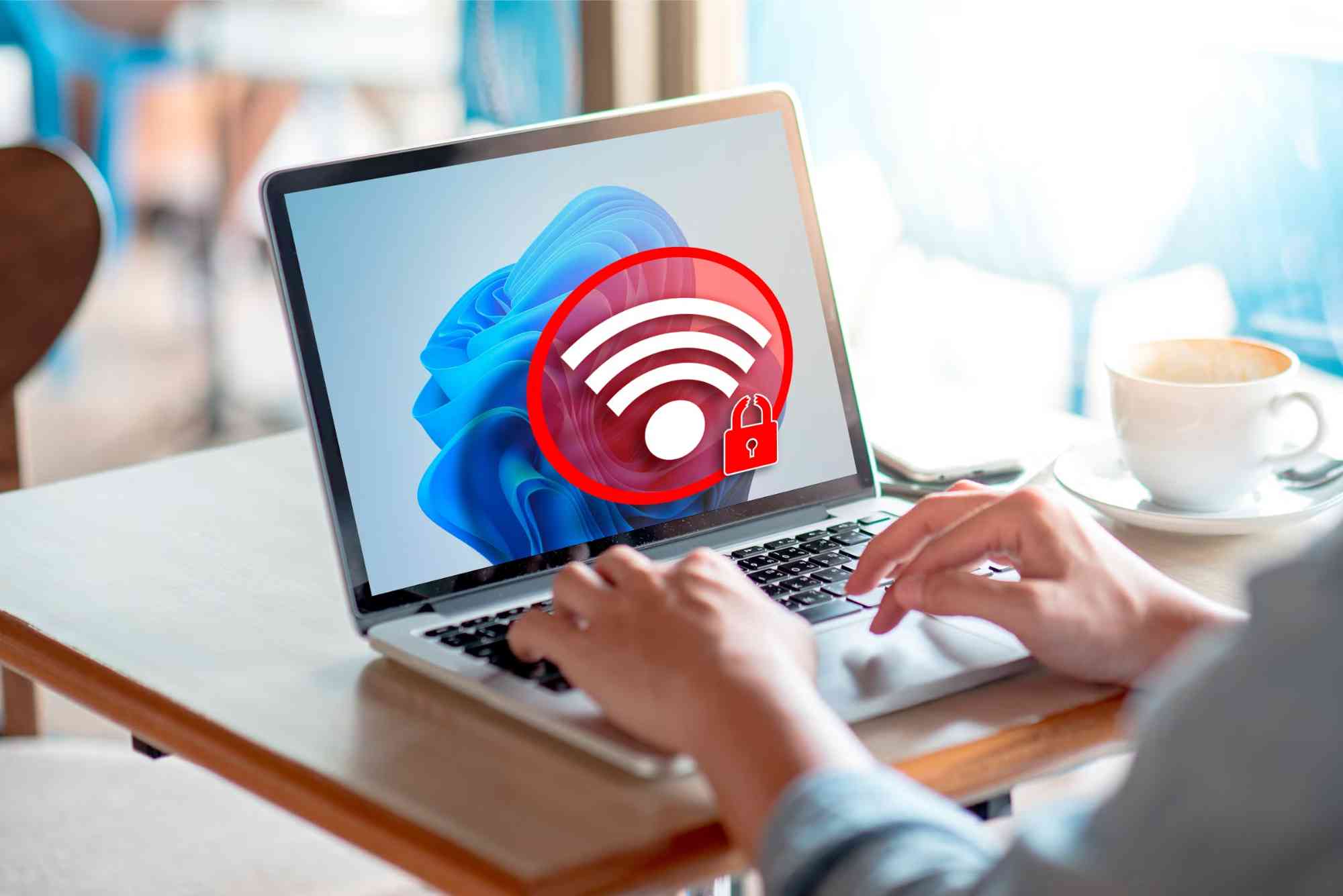How to Fix No Internet Access Despite Being Connected to Wi-Fi
Few things are more frustrating than seeing your device connected to Wi-Fi but still having no internet access. You open your browser, try to load a website, and nothing happens. Whether you’re working from home, watching a movie, or attending an online class, this issue can completely disrupt your routine. Luckily, fixing it isn’t as complicated as it seems. In this detailed guide, we’ll show you how to fix no internet access despite being connected to Wi-Fi, covering causes, solutions, and expert troubleshooting methods.
Understanding the Problem
When your device says it’s connected to Wi-Fi but has no internet access, it means your device is linked to the router, but the router itself is not connected to the wider internet. This is a very common issue on both Windows and mobile devices. The root causes could range from incorrect network configurations, DNS problems, or outdated drivers to temporary ISP outages.
Common Causes of No Internet Access Despite Wi-Fi Connection
There are several reasons this issue happens. Sometimes, your router works perfectly, but the internet provider experiences downtime. Other times, it’s due to local settings or device conflicts. Let’s look at some common causes you should understand before troubleshooting.
Internet Service Provider (ISP) Outage
If your Wi-Fi is connected but there’s no internet access, your ISP might be facing an outage. This is quite common and can happen due to maintenance or regional disruptions. You can check your ISP’s website or contact customer support for updates.
Incorrect IP Configuration
Devices use an IP address to connect to the network. If the IP configuration is incorrect or conflicting, your connection might appear active, but you won’t actually be able to browse.
DNS Server Issues
A malfunctioning DNS server can prevent websites from loading even if the connection itself works. Changing DNS settings to a more reliable option, like Google DNS (8.8.8.8), often resolves this problem.
Outdated Network Drivers
Network drivers control how your device communicates with your router. If these drivers are outdated or corrupted, it may cause network failures.
Router or Modem Errors
Overheating or software glitches in your router or modem can lead to connectivity problems. Restarting the router often fixes temporary issues.
Firewall or Security Software Conflicts
Sometimes, overly strict firewall rules block your device from accessing the internet. Disabling and reconfiguring security software can help.
How to Fix No Internet Access Despite Being Connected to Wi-Fi
Once you understand what could be causing the issue, you can start fixing it using the following practical methods. These steps are easy to follow and effective on most devices.
Restart Your Router and Device
The first and simplest solution is to restart both your router and your device. Turn off the router, wait 30 seconds, and then turn it back on. Restart your computer or smartphone afterward. This clears temporary cache and resets network settings.
Check if Other Devices Can Access the Internet
Before diving deeper, check whether the issue is limited to one device. If all devices connected to your Wi-Fi show no internet, the problem lies with your router or ISP. If only one device is affected, it’s a local configuration issue.
Run Windows Network Troubleshooter
For Windows users, the built-in network troubleshooter can detect and fix many problems automatically. Simply go to “Settings > Network & Internet > Status” and click “Network troubleshooter.” Follow the on-screen instructions for automatic fixes.
Flush DNS and Reset TCP/IP Stack
Corrupted DNS cache or TCP/IP configurations can interrupt your internet connection. To fix this:
-
Open Command Prompt as administrator.
-
Type
ipconfig /flushdnsand press Enter. -
Then type
netsh int ip resetand press Enter. -
Restart your computer.
This resets network settings to their default state.
Change DNS Server Settings
If your DNS is not working, switch to public DNS servers. Go to your Wi-Fi settings, locate the DNS configuration, and replace it with:
-
Preferred DNS: 8.8.8.8
-
Alternate DNS: 8.8.4.4
After saving the changes, restart your connection and check again.
Check Proxy Settings
Misconfigured proxy settings can also cause this issue. In Windows, open “Internet Options,” go to the “Connections” tab, and click “LAN settings.” Uncheck “Use a proxy server for your LAN.” Save the changes and reconnect to your network.
Update Network Adapter Drivers
Outdated drivers often cause connectivity issues. To update, open “Device Manager,” expand “Network adapters,” right-click your Wi-Fi adapter, and choose “Update driver.” Select “Search automatically for drivers.” Once updated, restart your PC.
Restart the DNS Client Service
Restarting the DNS client service can fix stubborn DNS-related errors. Open “Run,” type services.msc, and locate “DNS Client.” Right-click and select “Restart.” This reinitializes DNS functionality on your device.
Disable and Re-enable Your Network Connection
Disabling your network adapter can clear internal errors. Go to “Control Panel > Network and Sharing Center > Change adapter settings,” right-click your Wi-Fi adapter, and choose “Disable.” Wait a few seconds and enable it again.
Reset Your Router to Default Settings
If none of the above solutions work, consider resetting your router. Use a small pin to press the reset button on the back of your router for about 10 seconds. Keep in mind that this will erase all custom settings, so you’ll need to reconfigure your Wi-Fi afterward.
Contact Your ISP
If the issue persists even after troubleshooting, it may be time to contact your Internet Service Provider. ISPs can run remote diagnostics and inform you if there’s an outage or hardware problem. For example, if you are using Dhanote Internet Services, their support team can help you verify line stability, configuration, and signal strength for fast resolution.
How to Fix No Internet Access on Android Devices
Mobile devices can also face this problem. If you’re connected to Wi-Fi but can’t access the internet on your smartphone, follow these steps.
-
Forget the Wi-Fi network and reconnect by re-entering your password.
-
Toggle Airplane mode on and off.
-
Clear the network cache by going to “Settings > System > Reset options > Reset Wi-Fi, mobile, and Bluetooth.”
-
Update your device’s software to the latest version.
-
If nothing works, restart your router or contact your ISP.
Preventive Tips to Avoid Future Connectivity Issues
Once you’ve fixed the problem, take steps to prevent it from recurring. Keeping your router and devices updated, using high-quality cables, and periodically restarting your network equipment can make a big difference.
-
Regularly check for firmware updates on your router.
-
Avoid placing your router near other electronic devices that cause interference.
-
Keep your device’s network drivers updated.
-
Change your Wi-Fi password periodically for better security.
-
Use a reliable DNS provider for consistent performance.
Expert Insight
As internet usage continues to grow, maintaining a stable connection becomes increasingly vital for daily tasks. Most “no internet access” issues can be fixed using the above methods, but if problems persist, your equipment might be aging or incompatible with current ISP configurations. Investing in a quality router and reliable service provider like Dhanote Internet Services ensures smoother connectivity and fewer interruptions.
Fixing the “no internet access despite being connected to Wi-Fi” issue doesn’t have to be overwhelming. In most cases, the solution lies in simple steps like restarting your router, updating drivers, or resetting network settings. However, if the problem continues, reach out to your ISP for expert support. Reliable providers such as Dhanote Internet Services can quickly identify and resolve connectivity problems, ensuring you stay online without interruptions.
FAQs
Why am I connected to Wi-Fi but have no internet access?
This usually means your device is linked to the router but the router isn’t connected to the internet, often due to ISP or configuration issues.
How do I fix “Connected without Internet” on my phone?
Restart your phone, forget the Wi-Fi network, and reconnect. If that fails, restart your router or reset network settings.
Can a bad DNS cause no internet access?
Yes, DNS issues can block your device from resolving websites even with a stable connection. Changing to a public DNS like Google DNS can help.
What is the best DNS for stable internet?
Google DNS (8.8.8.8, 8.8.4.4) and Cloudflare DNS (1.1.1.1) are fast and reliable options.
Should I reset my router often?
Occasional resets help maintain performance, especially if you experience frequent disconnections or speed drops.








